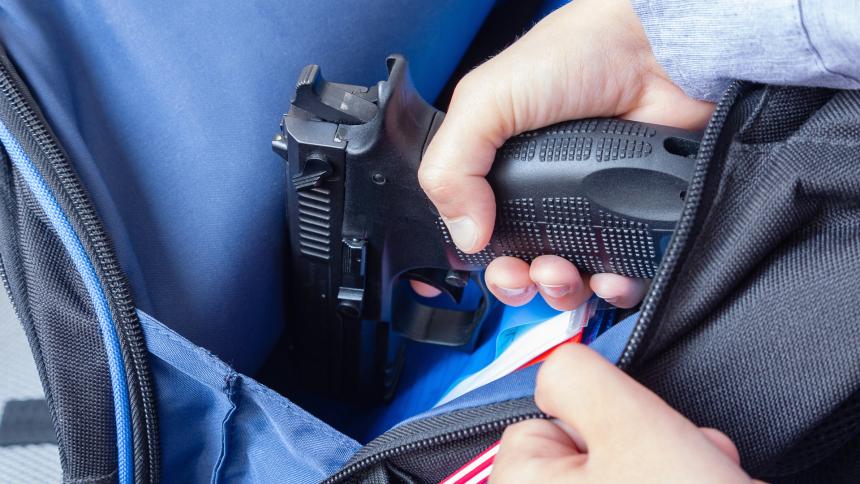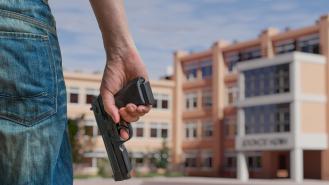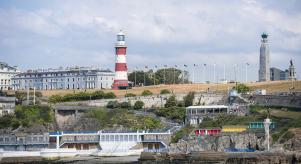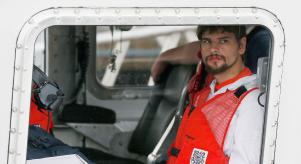
Europe's worst school shootings
In the United States, school shootings occur on a depressingly regular basis. Between the start of the 21st century and May 2023, there have been 371 school shootings in the US, leading to the loss of 283 lives. But such acts of violence aren’t exclusive to just this one country.
Notable atrocities from around the world include the three-day Beslan School Siege in Russia in 2004, during which 333 people died making it the deadliest school shooting in history, and the 2014 Peshawar School Massacre in Pakistan which killed 149.
But, like the Toulouse and Montauban shootings of 2012 in France, during which a Jewish school was targeted and three children and a teacher shot, these were motivated by fundamental terrorism, defined by the FBI as: ‘The unlawful use of force and violence against persons or property to intimidate or coerce a government, the civilian population, or any segment thereof, in furtherance of political or social objectives.’
Of course, this in no way diminishes the brutality of the acts cited above, but none of the aforementioned atrocities fall into the now ‘typical’ school-shooting scenario carried out by lone gunmen.
The following list focuses on seven of the school shootings that have occurred in Europe (not including Russia) since the start of the 21st century. An eighth took place on 3rd May 2023 in Belgrade, Serbia, when a 13-year-old student shot dead eight pupils and one security guard.
Erfurt, Germany (2002)
Following his expulsion for forging a medical document, 19-year Robert Steinhäuser killed 16 people and himself after attacking his former school, the Gutenberg-Gymnasium in Erfert, Germany, with a pistol and a pump-action shotgun on 26th April 2002.
The massacre prompted an outright ban on pump action shotguns, a mandatory psychological examination for anyone under 25 years of age wishing to handle firearms, plus some educational reforms for year 10 pupils. It also gave rise to a coded announcement to warn teachers a school shooting is in progress. ‘Mrs. Koma is coming’ has been used in most of the incidents in Germany since.
Coburg, Germany (2003)
The following two incidents are notable because the only fatalities were the perpetrators. 16-year-old Florian K. stole his father’s pistol which he took to his secondary school in Coburg, Bavaria on 2nd July 2003, possibly in an attempt to impress his classmates. When his teacher attempted to confiscate the firearm, Florian shot the teacher in the leg before turning the weapon on himself.
Emsdetten, Germany (2006)
18-year-old Sebastian Bosse was wearing a gas mask and armed with two rifles, two pistols and homemade bombs when he entered the grounds of his former school - Geschwister Scholl-Schule in Emsdetten – on 20th November 2006. In the space of approximately an hour, he’d shot five people and caused a further 17 casualties after detonating smoke bombs. All of his targets survived, but Bosse was later discovered in the school with fatal, self-inflicted gunshot wounds.
Jokela, Finland (2007)
The Republic of Finland in the north easterly corner of Europe has had two school shootings since the start of the 21st century. The first took place on 7th November 2007 when 18-year-old Pekka-Eric Auvinen shot and killed eight people with a semi-automatic pistol at Jokela School in the southern municipality of Tuusula.
Kauhajoki, Finland (2008)
Auvinen’s murderous rampage may have inspired 22-year-old Matti Juhani Saari to kill 10 children and adults in Kauhajoki School, which lies to the east of Finland, on 23rd September 2008, also with a semi-automatic pistol. In both instances, the gunmen turned their weapons on themselves and died later in hospital.
The Finnish government’s response to tightening up the gun law after the Jokela School Massacre was slow, but following the tragedy in Kauhajoki there were measures taken to regulate the legislation of semi-automatic pistols.
Winnenden, Germany (2009)
The school shooting that took place on 11th March 2009 at Albertville-Realschule School in Winnenden, Germany, claimed the lives of 12 people in the school. After 17-year-old Tim Kretschmer fled from the facility he randomly shot and killed a person in a nearby park before carjacking a passing motorist who, after driving the killer around for a while, managed to escape. Kretschmer then attempted to steal a car from a showroom, killing a further two people in the process before the police arrived on the scene. After a shootout during which Kretschmer was shot in each leg, he turned the gun on himself. The final death toll was 16, including Kretschmer.
Heidelberg, Germany (2022)
In June 2006, the German government announced plans to tighten up regulations to prevent children from easy access to legally owned firearms, such as those belonging to their parents. But despite some of the strictest gun controls in Europe, Nikolai G., the 18-year-old who killed a fellow student and injured three more on 24th January 2022, still found a way to gain to access a shotgun and a rifle.
The Heidelberg University, Germany’s oldest university, had only recently opened its doors following the Covid pandemic when Nikolai entered a Chemistry class and began firing indiscriminately at the students. Shortly after leaving the scene, the gunman killed himself in a nearby garden.








